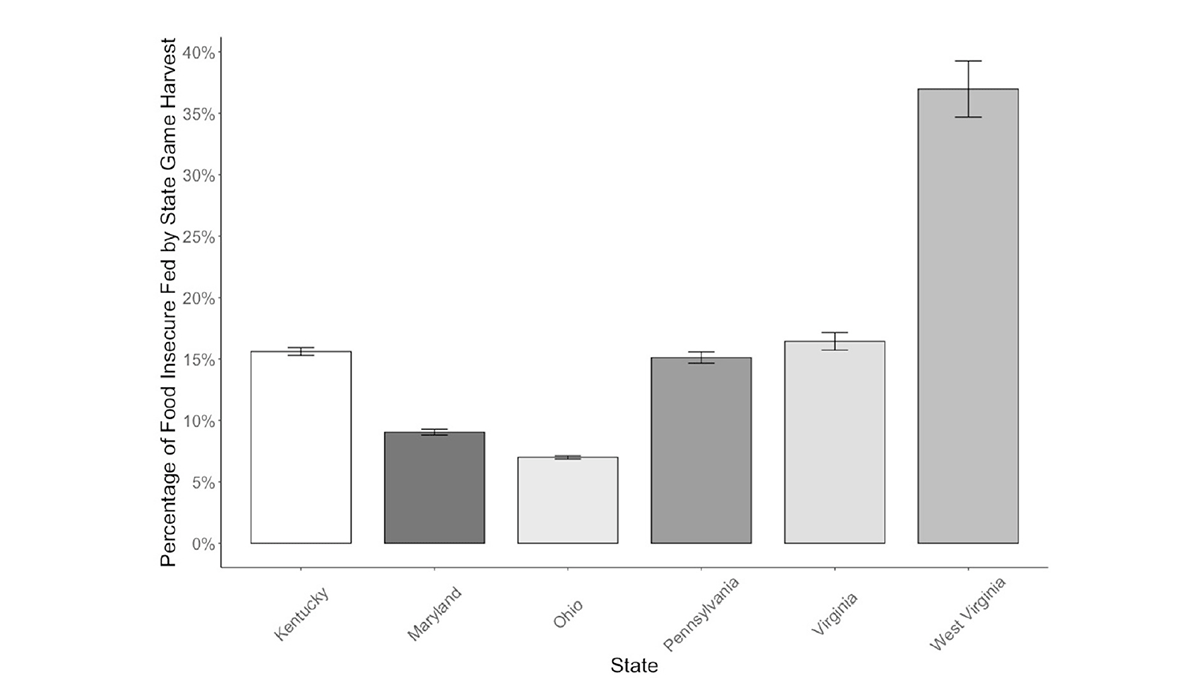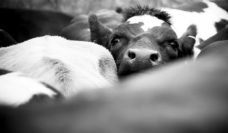“Life is old there, older than the trees. Younger than the mountains, growin’ like a breeze.” ~John Denver, Country Roads
John Denver’s iconic lyrics perfectly capture the ideal of West Virginia as a wild, beautiful, and untouched landscape. Sitting in the heart of the Appalachian region, West Virginia is one of the most rural states in the country. It is also one of the poorest. One in six households are food insecure and nearly 25% don’t earn enough to cover their yearly food costs.
West Virginians supplement their grocery store purchases with personal farming and hunting wild game. More than 20% of West Virginians continue to hunt, making this activity part of the local culture. This prompted a team from West Virginia University to explore how hunting could address food insecurity. The researchers analyzed game harvest data from the Department of Natural Resources for West Virginia and its border states. Wild game included deer, bear, elk, and wild pigs. Food insecurity data was obtained from the Department of Agriculture.
Between 2012-2017, West Virginian hunters harvested more than 60 million pounds of wild game. This exceeded local meat production by nearly 20 million pounds. Harvested wild game often remains stored in hunters’ freezers. However, if West Virginia’s annual wild game harvest were pooled and distributed across the state, it could sustain the red meat consumption needs of more than 35% of the food insecure population. As shown in the figure above, this percentage is more than double any of their neighboring states. Furthermore, wild game harvests would be enough to supply the food insecure population with red meat for an entire year.
Although seasonal hunting has the potential to feed a large portion of the state’s food insecure residents, few programs are available to make this a reality. In West Virginia, only one statewide program collects game meat for donation to local foodbanks. Efforts to expand these types of programs could prove valuable for meeting the population’s red meat consumption needs and reducing overall food insecurity.
Databyte via Jonathan C. Hall, Heidi Gum, Kaleb Pietkoski, Wild alternatives: Accounting for and rethinking the relationship between wild game and food security in Appalachian food systems, Applied Geography, Volume 124, 2020.














